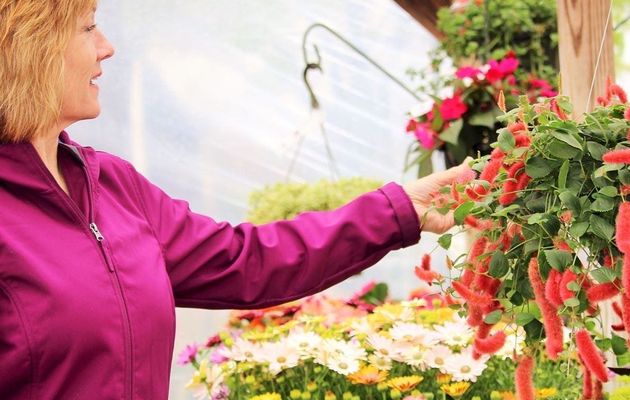
Remove severely affected branches or entire trees to prevent spread. Sterilize pruners with a 10% bleach solution after pruning each tree. Maintain tree health with proper fertilization and watering and avoid pruning between October and January. Pruning closer to the time the tree “leafs-out” in late winter to early spring is the preferred timing for pruning.Īpplying bactericidal chemicals is not recommended or effective for prevention or treatment of this disease. Avoid poorly drained soils, mechanical injury, improper pruning practices. Trees that are 2-8 years old and stressed are the most susceptible. Bacterial Canker can also cause leaf spots that begin as a dark purple lesion, then a “shot hole” condition when the center drops out. There may be an increase in formation of water sprouts (shoots growing from the base of the trunk). Sap will be clear with no sawdust or frass. Gummosis has a distinctive sour-smelling odor when it is caused by bacteria. Cankers (sunken tissue) may occur on larger branches and trunks. Symptoms vary, but typically appear in the spring when infected twigs die. Bacteria may also enter the tree through borer holes. Entry is usually through injury sites or pruning cuts. These practices may extend the life of the tree.ĭisease: Pseudomonas bacterial canker affects weakened trees. It is important to keep the tree as healthy as possible through proper pruning, fertilization, and watering practices. Trees do not regenerate vascular tissue once it has been destroyed. Unfortunately, once the damage is done, there is little that can be done to correct the damage. The injury to the tree provides an opening for disease to enter the tree.

Mechanical injury: Damage to trunk from mowers and string trimmers, deer rubs, improper pruning cuts, or pruning in fall and winter when disease is active can contribute to the cause of gummosis. Do not plant fruit trees in poor, thin soil. Avoid planting in heavy soils or light sandy soils that do not hold moisture. It is necessary to determine the cause of the stress in order to mitigate future damage to the tree.Įnvironmental stress: Compacted soils, poorly drained soils, light sandy soils, use of weed and feed or other herbicides nearby, and winter injury can all contribute to the cause of gummosis, as can lack of irrigation under the canopy.Ĭorrect any environmental stresses that you can. Anything that stresses the tree can be a causal factor. It is important to understand that the term “gummosis” is a symptom, not a cause of a tree ailment. Investigate for any “buddies” that could be coming indoors with them.Gummosis is a term that refers to the presence of amber-colored sap oozing from the trunk or branches of a tree. Collect seeds from summer annuals to dry and store indoors until next spring.Cut basil to freeze in oil in ice cube trays to use this winter in soups and stews.Late month: get row cover or plan other protection in case of early frost in November.Mow high to fend off weed seeds that are germinating.Find out what’s causing the problem like low drainage spots or compacted areas. Brown patch: Apply a quarter inch of compost.This is the best time of year to fertilize. Fertilize with an organic slow release formula like 8-2-4 or similar ratio.Collect seeds of annuals to dry and store inside until next spring.If temps dip, cut basil and preserve in oil in the freezer.Take cuttings of tender annuals to propagate in warmth to renew your garden next spring.Mulch tropical and semi-cold-hardy plants like gingers, Esperanza, Pride of Barbados, Firecracker fern, bananas.


Chinese Witch Hazel (Loropetalum chinensis).Plumbago (also check out Plumbago scandens, a shade-lover that blooms white).Hostas: Queen Josephine, Gold Standard, Margarita.Resources Shade Plants Jeff Yarbrough (May 24, 2003)


 0 kommentar(er)
0 kommentar(er)
